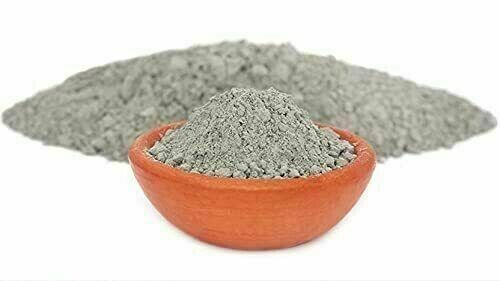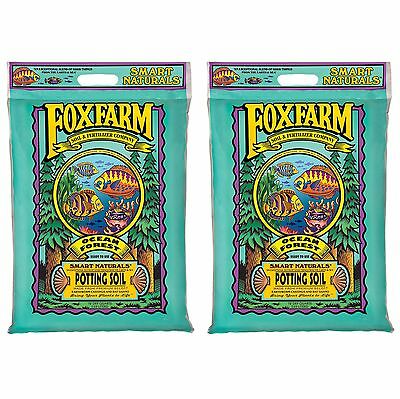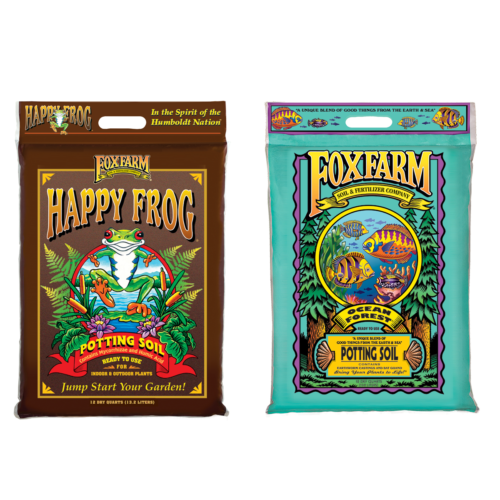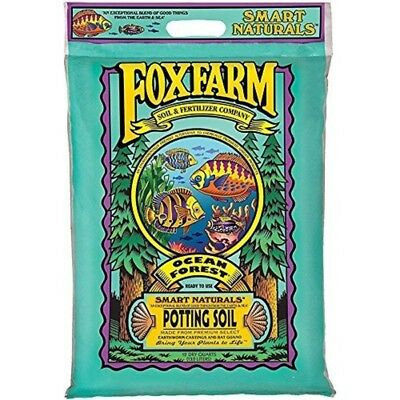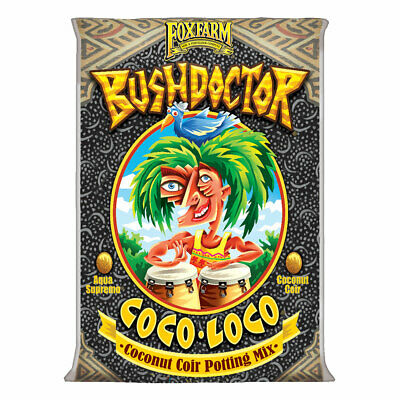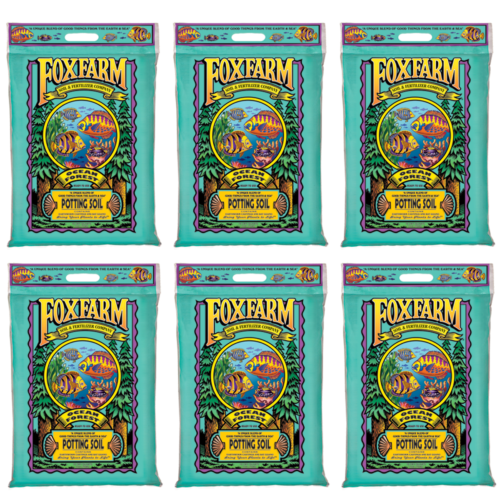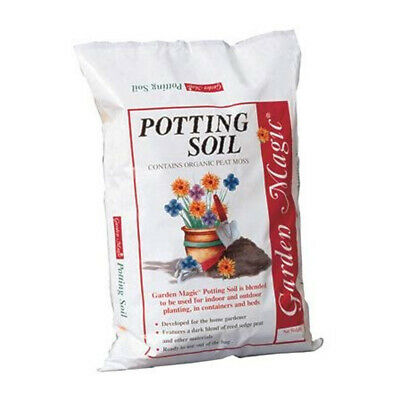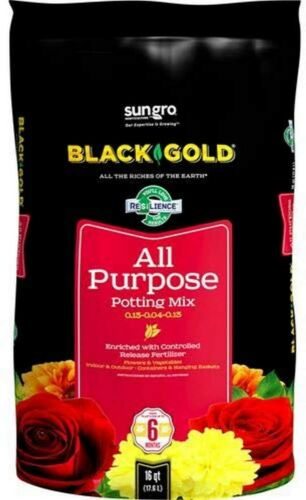-40%
Organic Wood Ash plant Fertiliser, Double Screened To A Fine Powder, 500gm
$ 11.08
- Description
- Size Guide
Description
PRODUCT DESCRIPTIONFREE SHIPPING
Organic Wood Ash plant Fertiliser, Double Screened To A Fine Powder.
Wood ash composition
Sodium silicate - 17%
Calcium carbonate - 17.5%
Calcium Chloride - 12.5%
Magnesium Sulfate - 5%
Calcium Sulfate - 15%
Sodium salt - 20%
Orthophosphate - 13%
Each of these factors has a definite effect on each stage of plant development.
Calcium carbonate
Calcium carbonate activates metabolic processes, which accelerates the ripening of vegetables. Similarly, this element acts on flowers. After fertilizing with CaCO3, the buds increase in size, and extra fluid is obtained.
Calcium silicate
It is an element that helps cells literally stick together to better absorb vitamins. The lack of calcium silicate in particular is notable in the onion example. The plant is simply a process of drying and extracting. To cure him, you can use a gray aqueous solution. Pour a tablespoon of salt with diluted ash in a bucket of water at the rate of two hundred grams per ten liters.
Calcium sulfate
This chemical element is simply needed during landing. Over time, the plant gradually accumulates leaves and stems. Calcium sulfate is part of the superphosphate well-known mineral fertilizers. It does not have as strong an effect as the calcium superphosphate composition of the gray matter, its effect is gradual but long-lasting.
Calcium chloride
Helps plants become more frost-resistant. Furthermore, calcium chloride maintains soil uniformity. Participates in photosynthesis and speeds up the process of transferring useful substances.
Advantages of ash for different types of soil
The use of ash improves soil composition, saturates the soil with minerals, and changes its acidity. In addition, after the introduction of ash, the earth becomes more loose and comfortable for cultivation. This organic fertilizer does not lose its properties for four years from the date of application. Birch ash is rich in potassium and peat can provide a large amount of calcium. Furnace ash will be suitable after burning wood, but plastic and newspaper burning residues cannot be used.
Loosened soil with the help of high-quality ash significantly improves its quality. Improves soil oxygen availability so that micro-organisms and invertebrates can carry on their livelihoods.
If the land is sandy or muddy, it is sufficient to deposit seventy grams of ash per square meter. Such soils are generally very poor in potassium and phosphorus so ash will be the only way for them.
If you want to neutralize acidic soil, use ash from peat. Fertilizer consumes about 0.5 kg per square meter.
Want to Neutralize Acidity? Use lime-rich ash to improve the soil and its quality, it is introduced into the soil weighing 0.5 kg per square meter.
When using ash
To feed the bushes: Use one hundred grams of ash per square meter, including raspberries, currants, etc. For vegetables, you need about seventy grams. The ashes with humus are placed in a pit where the seedlings or vegetables are planted and mixed with the soil. Once the plants are grown, it takes about fifty grams of fertilizer per square meter to feed.
Vegetables such as zucchini, squash, pumpkin, and cucumber need to be fed at least three times a season. For the first time in the fall, they feed a bed and planted vegetables in the spring, bringing 200 g. Management Gray. Make a second planting The plant is fed a third time in the summer using an aqueous solution of ash.
Tomatoes, peppers, and eggplant do not need summer nutrition. In the autumn it is sufficient to bury the ash in the garden soil, and in the spring, with or without humus is added to the ash hole.
To feed the cabbage, high-quality ash is added to the hole at the time of planting and the seedling is sprayed about a month later.
